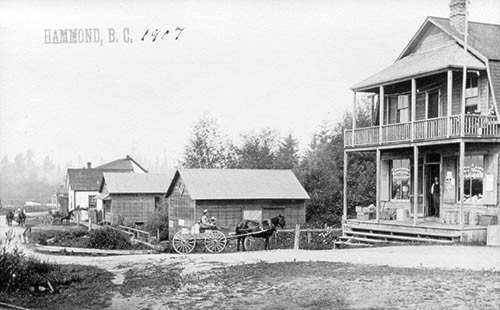Looking Back
By Allison White
In ancient Greece and Rome, the marketplace was a venue for merchants to sell their goods, a place to facilitate an exchange, where people would do their weekly, even monthly shopping in nearby towns.
The concept of “modern shopping” as we know today did not come into play until the 18th Century, as social mobility increased the number of people who had a disposable income, the marketplace of the middle ages expanded into shopping centres.
Goods where marketed for individuals, as opposed to items solely for the household.
The change in fashion also allowed for the consumer to purchase for the appeal of the garment, not just for the utility.
With the raise of the middle class, retail shops selling specific goods made the acceptance of shopping hard to deny.
Specific streets and districts in larger cities became devoted to retail.
Department stores soon followed, large window displays were used to entice patronage. Inside the store it was divided into multiple categories, to more easily target specific demographics. The areas of the store could be tiered from inexpensive to expensive. Many of the goods offered within the stores were in a constant state of change, which always kept the consumer wanting more.
While department stores were on the rise in larger cities, this was not beneficial to those removed from larger centres, in smaller towns, such as Maple Ridge.
This meant they had to rely on shopping through catalogues.
The Eaton’s and Sears catalogues were the primary examples of catalogue shopping; from household goods to fashion to everything in between, and while convenient to order through the mail, there still had to be a place for delivery.
Sinclair and Carr, which was built on the wharf of the Fraser River banks in 1870, was the general merchandise store, servicing customers from across the river, as well as early settlers to the area.
In 1901, the title changed, and it became Charlton’s Store, which handled steamship and rail freight along with its post office and retail store in Port Haney.
Charlton’s Store wasn’t the only place in town to buy goods.
Fuller Watson General Store (in its first location on River Road), opened in 1924.
Along with selling household items, it was also the first store in the district to provide residents with gasoline.
By the 1960s, the general store had largely given way to speciality stores scattered around the community. As parking concerns became more prominent in the 1970s, the “strip mall” was invented, where customers could park and do all their shopping at once. This “one stop shopping” has taken on another meaning today, as “one click shopping”, where the customer doesn’t even need to leave their own home, everything can be done with the click on the keyboard, or a tap on a smartphone.
As technology changes the way consumers now shop, it also changes how individuals interact. The digital technology has made for curated consumption: retailers now have more access to the consumer’s interests through social media, and are able to tailor to their specific needs.
Starting in October and running until the New Year, the Maple Ridge Museum will take a closer look at the history of shopping in the exhibition “Modern Marketplace”, which will showcase artifacts that would have been sold in the first stores in the city, and illustrate through archival photographs how shopping is reflected in urban city planning. Early editions of both the Eaton’s and Sears Roebuck catalogues will also be on display.
Allison White is curator of the Maple Ridge Museum.
